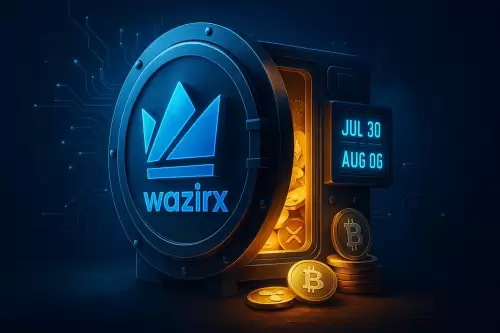The Delhi High Court is questioning the Centre's decision not to introduce a Rs 50 coin, focusing on accessibility for visually impaired citizens. Here's the lowdown.

What's the deal with the Rs 50 note? Why isn't there a coin? And what does the Delhi High Court have to say about it all? Let's dive into the drama surrounding the Rs 50 coin, the visually impaired community, and the Centre's position.
The Case for a Rs 50 Coin
Advocates Rohit Dandriyal and Mini Agrawal brought a petition to the Delhi High Court, highlighting the accessibility issues faced by visually impaired individuals. The core of their argument? The Rs 50 note lacks tactile features that would allow those with visual impairments to easily distinguish it from other denominations like the Rs 100 and Rs 500 notes. Without a Rs 50 coin as an alternative, this poses a real problem.
Centre's Response: No Plans for a Rs 50 Coin
The Union Ministry of Finance has made it clear: there are currently no plans to introduce a Rs 50 coin. Their reasoning, according to their affidavit filed with the Delhi High Court, hinges on a 2022 Reserve Bank of India (RBI) survey. This survey indicated a public preference for banknotes over coins, particularly for Rs 10 and Rs 20 denominations, citing the weight and size of coins as deterrents. The Ministry emphasized that any decision to introduce a new coin depends heavily on public acceptance, economic considerations, and usage patterns.
Accessibility Concerns Acknowledged
While the Centre maintains its stance on the Rs 50 coin, it acknowledges the accessibility issues with the current Rs 50 note. Unlike higher denominations, the Rs 50 note doesn't have intaglio printing or tactile markings. The RBI argues that reintroducing such features on lower denomination notes isn't feasible due to the high frequency of handling, which would quickly erode the tactile effect. The concurrent circulation of older and newer Mahatma Gandhi Series notes only adds to the confusion.
The MANI App: A Digital Solution?
To mitigate these challenges, the RBI introduced the MANI (Mobile Aided Note Identifier) app in 2020. This app helps visually impaired individuals identify banknote denominations using audio feedback. While the app has garnered around 1.5 million users, it's worth noting that a digital solution isn't always a perfect substitute for physical accessibility features.
Delhi High Court's Stance
Chief Justice DK Upadhyaya and Justice Anish Dayal are giving the petitioner time to review the affidavit and respond. The next hearing is set for September 17. The court has previously directed both the Centre and the RBI to examine currency design and accessibility issues faced by the visually impaired community. It's clear that the court is taking these concerns seriously.
My Two Cents
While the Centre's arguments about public preference and economic feasibility have some merit, the accessibility needs of visually impaired citizens shouldn't be overlooked. Perhaps a limited mintage of Rs 50 coins could be introduced specifically to address this issue. The MANI app is a good start, but it's not a panacea. A multi-pronged approach that combines digital solutions with improved physical accessibility seems like the most sensible path forward.
So, will we ever see a Rs 50 coin? Only time will tell. But one thing's for sure: the Delhi High Court is keeping a close eye on the situation. Stay tuned for the next episode in this currency conundrum!
Disclaimer:info@kdj.com
The information provided is not trading advice. kdj.com does not assume any responsibility for any investments made based on the information provided in this article. Cryptocurrencies are highly volatile and it is highly recommended that you invest with caution after thorough research!
If you believe that the content used on this website infringes your copyright, please contact us immediately (info@kdj.com) and we will delete it promptly.














































































